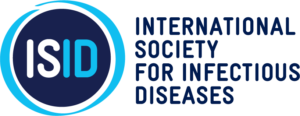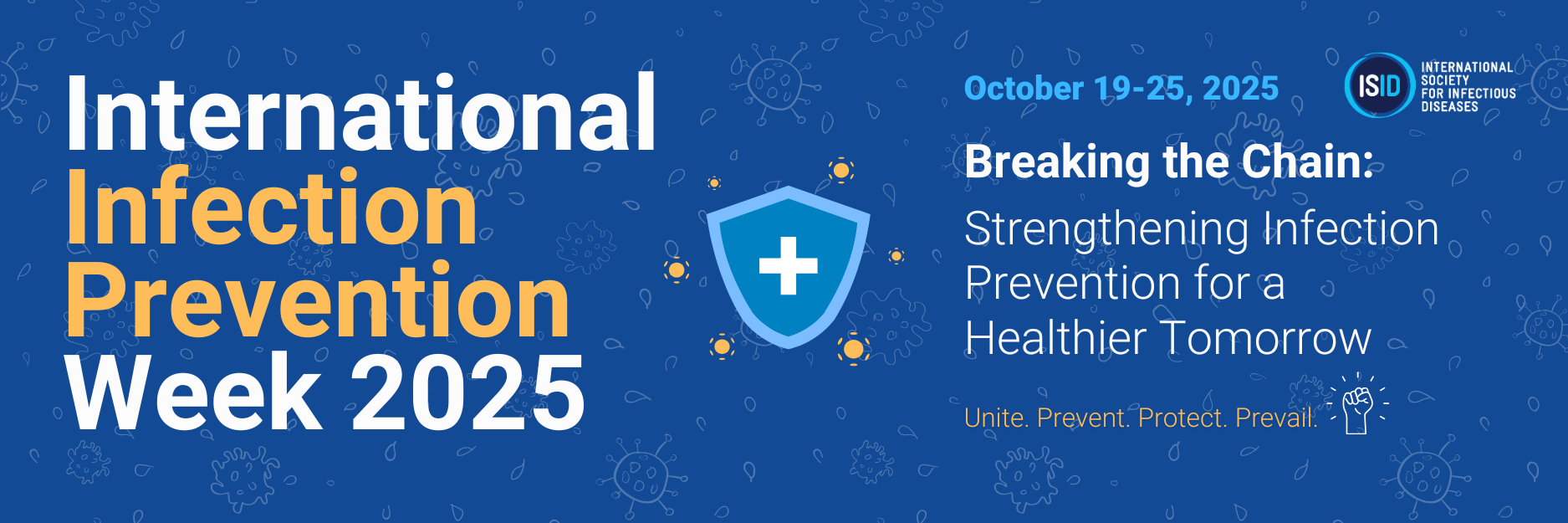Why Infection Prevention Matters
Infection prevention is one of the most straightforward yet most powerful public health measures we have. Clean hands, safe waste disposal, and vaccination can save millions of lives each year. Yet, in many parts of the world, preventable infections remain a leading cause of illness and death. According to the World Health Organization (WHO), one in ten hospitalized patients acquires an infection during care. The burden is higher where shortages of staff, supplies, and space are common.
The ability to prevent infection is, at its core, a question of equity. The same bacteria that cause mild illness in one hospital can cause devastating outbreaks in another where clean water and protective equipment are limited. Infection prevention, therefore, is not only a matter of hygiene; it is a measure of how a society values safety, dignity, and trust. It tells us whether the act of healing can truly be safe for all. When prevention fails, the consequences are far-reaching. Hospital stays lengthen, costs rise, and avoidable suffering grows. Healthcare workers face daily risks, often without adequate protection or resources. Weak IPC systems also fuel the spread of antimicrobial resistance (AMR), as antibiotics are used more often to compensate for gaps in prevention. Resistant infections make treatment more difficult, drive up costs, and threaten progress across all fields of medicine. The WHO warns that if no action is taken, AMR could claim up to ten million lives every year by 2050.
Strengthening infection prevention reduces the need for antibiotics, slows resistance, and preserves effective treatments for the future. But it requires more than facilities and equipment. It demands investment in people; those who deliver care, those who manage systems, and those who make decisions about health priorities. It calls for communities to understand that prevention is not the task of hospitals alone but part of daily life, in homes, schools, and workplaces.
Lessons from the Frontlines
Across hospitals, clinics, and community health centers around the world, infection prevention is tested every day. The frontline experience shows that even the most advanced medical care depends on the simplest safeguards: clean hands, sterile instruments, safe environments, and attentive teams. Maintaining these standards requires constant vigilance. In many settings, limited resources and heavy workloads make it difficult to sustain consistent practices. When systems are stretched, even minor lapses can allow infections to spread. The effects are felt not only in infection rates but also in the trust people place in their healthcare institutions.
Despite these challenges, there are many stories of success. Facilities that prioritize training, strong leadership, and regular monitoring have achieved marked improvements. Structured hand hygiene programs, clear communication, and timely feedback have transformed care environments and reduced healthcare-associated infections. The lesson from these experiences is clear: infection prevention cannot be treated as an emergency measure to be activated only during outbreaks. It must be part of the routine fabric of healthcare delivery and must be embedded in training, supervision, and policy. When prevention becomes second nature, it strengthens both safety and confidence in the system.
Empowering the People Behind the Practice
Effective infection prevention begins with people. From nurses and cleaners to clinicians and laboratory staff, everyone in healthcare contributes to safety. Their daily decisions, such as how they wash hands, handle waste, or clean surfaces, determine whether infections spread or stop. For these efforts to succeed, workers need more than guidelines. They need reliable resources, fair recognition, and supportive leadership. A workforce that feels valued and protected is more likely to maintain safe practices, and when healthcare workers are safe, patients are safer too. Empowerment must also extend to patients and communities. People who understand how infections spread become active partners in prevention rather than passive recipients of care. Asking about hygiene, following medical advice, and practicing clean habits at home strengthen the chain of protection far beyond hospital walls. Leadership plays a decisive role in sustaining this effort. When managers invest in IPC programs, allocate resources, and listen to staff concerns, they create an environment where prevention becomes instinctive. Infection prevention thrives when everyone, from policymakers to patients, feels responsible for maintaining it.
From Awareness to Action
Awareness alone does not prevent infection; it must translate into practice. Simple measures, when performed consistently, have an extraordinary impact. Clean hands save lives. Vaccination protects individuals and communities. Responsible use of antibiotics preserves their power for future generations. Within healthcare facilities, strong IPC committees make a measurable difference. Regular training, open communication, and transparent monitoring help ensure that safety protocols are followed. Recognizing the people who lead these efforts matters deeply. Their work often goes unnoticed, yet it safeguards every patient and every colleague. For health systems, infection prevention is one of the best investments they can make. Studies show that even modest spending on hygiene and preventive measures can save many times more in treatment costs and avert unnecessary deaths. Beyond the economic case, prevention builds trust, which is the foundation on which resilient systems are built.
A Shared Responsibility
Infection prevention is both a scientific discipline and a moral responsibility. Every clean hand, every disinfected surface, and every safe procedure contributes to a web of protection that extends from hospital corridors to community homes. When health systems invest in prevention, they invest in confidence. The patients feel safe, and healthcare workers feel respected. This culture of safety must go beyond facilities and become part of how societies imagine health itself. Prevention is not the work of a few specialists but a shared commitment across professions and communities. By turning awareness into daily action, we can build systems that protect both those who give care and those who receive it. Safe care is not an aspiration; it is an obligation that begins with each of us and continues through every act of prevention that keeps the promise of healthcare alive.
Written by ISID Emerging Leader, Dr. Zakiul Hassan

